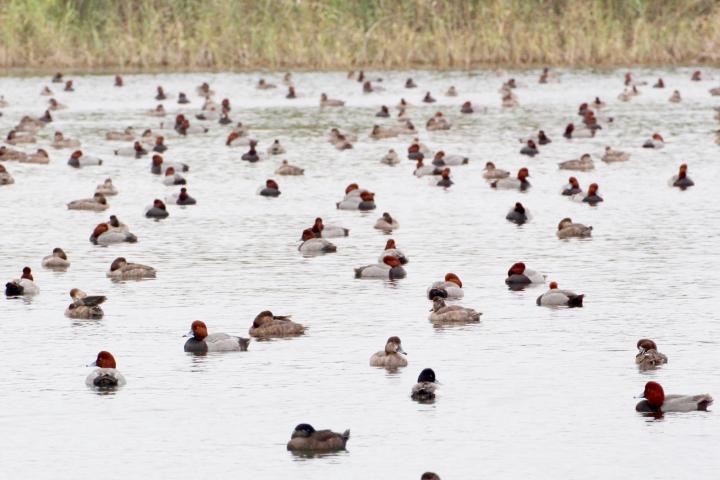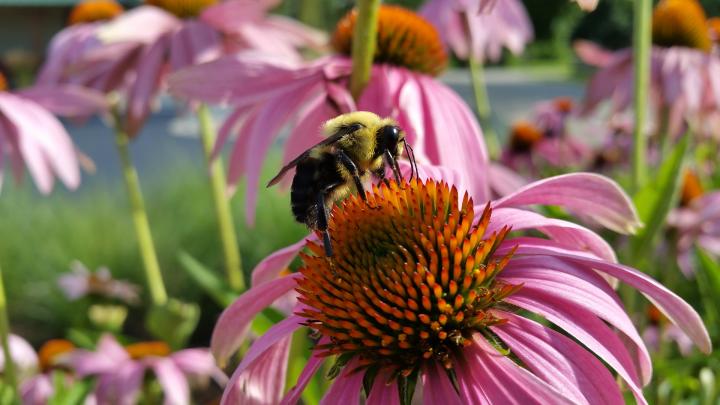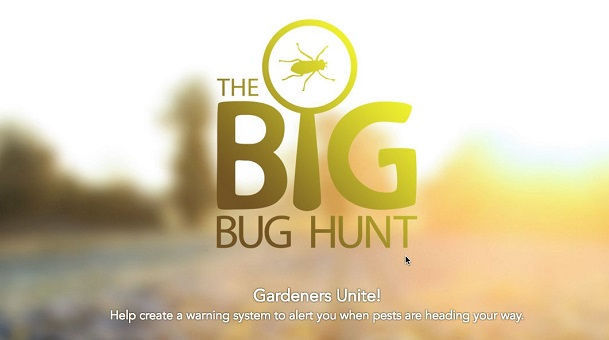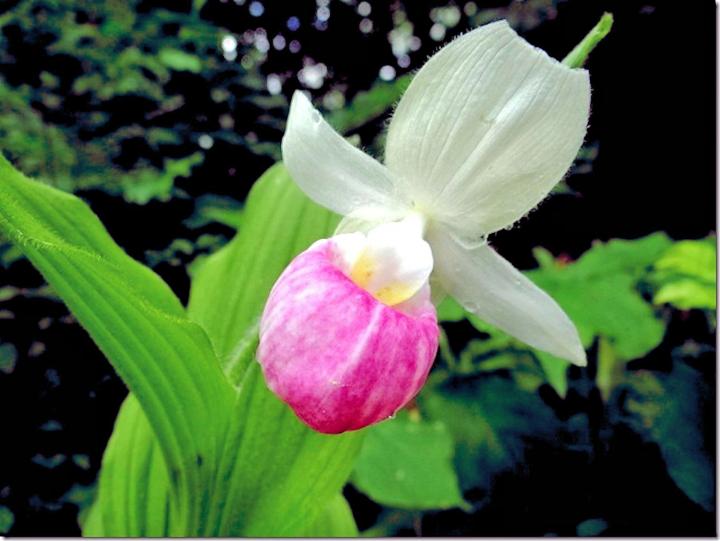Join a citizen science project! If you can count birds, bees, or garden bugs, you’ve got all the skills you need. Learn more about citizen science and find three ways—in nature and beyond—to participate.
What is a Citizen Scientist?
Scientists often need more information than they can collect by themselves and the number of projects where volunteers partner with researchers is growing. Often referred to as “citizen or community science”, this type of collaboration taps into the collective intelligence, using experiences, insights, and observations of a large number of people.
Volunteer-collected data is then processed by the researchers to answer real world questions. It also provides access to scientific information for community members.

Citizen Science Projects
The Great Backyard Bird Count
The Great Backyard Bird Count takes place every February. Help scientists better understand global bird populations by watching, counting, and identifying birds in your favorite location.
You’ll join fellow citizens from over 100 countries! In past years, the collective count covered more than half the known bird species in the world. It’s fun to watch the map fill up as bird reports from all over the world pour in.
The Cornell Ornithology Lab uses this information to build a snapshot of what birds are found where, changes in population numbers, and how weather has impacted their movements to keep bird populations healthy.
Anyone can take part in the Great Backyard Bird Count. In as little as 15 minutes, you can help create a real-time snapshot of where birds are. You don’t have to be an expert! Just take notes about what you observe.
More information about the Great Backyard Bird Count and how to participate can be found at www.birdcount.org.
 Redhead Ducks. A Backyard Bird Count Contest Winner Robbin Mallett from South Padre Island, TX, USA
Redhead Ducks. A Backyard Bird Count Contest Winner Robbin Mallett from South Padre Island, TX, USA
Beecology
At a recent program I attended on native pollinators, one of the presenters, a researcher from Worcester Polytech, had developed a smartphone app called “Beecology,” used for identifying and tracking the interactions between specific bees and the plants they prefer. (See my post on Beneficial Insects in the Garden.)

They are most interested in locating endangered species of bumblebees. The app allows the user to identify the bee, enter the flower and foraging behavior observed, select a location and date, and send the info directly to the database. By putting your cellphone to good use, you can help collect data from your own garden. For more information on Beecology go to beecology.wpi.edu.
The Big Bug Hunt
Are you a gardener or a bug hunter? The Old Farmer’s Almanac is part of a garden planning project called the “Big Bug Hunt.”
We really need your help! By reporting garden bugs, we hope to build a system that will later alert all of us when pests are headed their way.
Can you imagine how helpful this could be to farmers and gardeners and the economy?!
Go here to check out the Big Bug Hunt!

Becoming a Citizen Scientist
Ready to become a citizen scientist? There are many, many opportunities out there. You can record the sugar content of maple trees, map ladybug species, experiment with the food preferences of ants, and test different ant deterrents. There are earthworm surveys, cabbage moth collecting, honeybee counts, and even a lady slipper census!

Just a few of the reputable places on the web to look for citizen science opportunities include:
Search by your location to see what projects are in your area!



 Redhead Ducks. A Backyard Bird Count Contest Winner Robbin Mallett from South Padre Island,
Redhead Ducks. A Backyard Bird Count Contest Winner Robbin Mallett from South Padre Island, 









